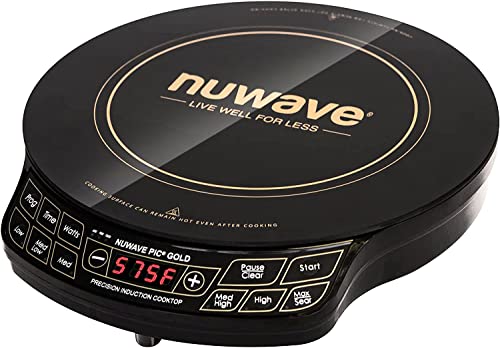Minivanmotoman
Well-known member
- Joined
- Sep 11, 2017
- Messages
- 1,027
- Reaction score
- 11
Thx Weight for the info and help. MM as well, and I feel for you bro, we understand.
From what I can gather to rearrange the wiring, will suggest that the live, +ve wires are the critical ones for location. Ground wire can't short by itself unless touching a live +ve, correct?
1. Route them more direct with no or minimal crossovers of other wires.
2. Tie down all wires to eliminate movement, flex and inadvertent contact, chasing and potential shorts.
3. Select or relocate items to simplify and minimize wiring installation.
This all sounds simple but not so obvious for the inexperienced as can be evidenced by the initial pics.
Thx for the responses from all, this may be routine and redundant for the experienced, but there are lots more on here reading this for information and educational purposes.
From what I can gather to rearrange the wiring, will suggest that the live, +ve wires are the critical ones for location. Ground wire can't short by itself unless touching a live +ve, correct?
1. Route them more direct with no or minimal crossovers of other wires.
2. Tie down all wires to eliminate movement, flex and inadvertent contact, chasing and potential shorts.
3. Select or relocate items to simplify and minimize wiring installation.
This all sounds simple but not so obvious for the inexperienced as can be evidenced by the initial pics.
Thx for the responses from all, this may be routine and redundant for the experienced, but there are lots more on here reading this for information and educational purposes.









































































